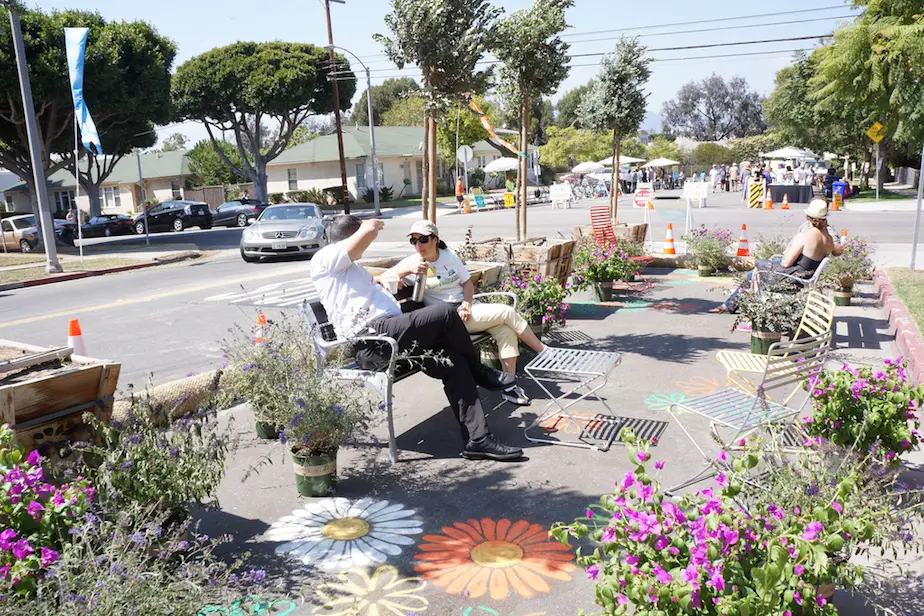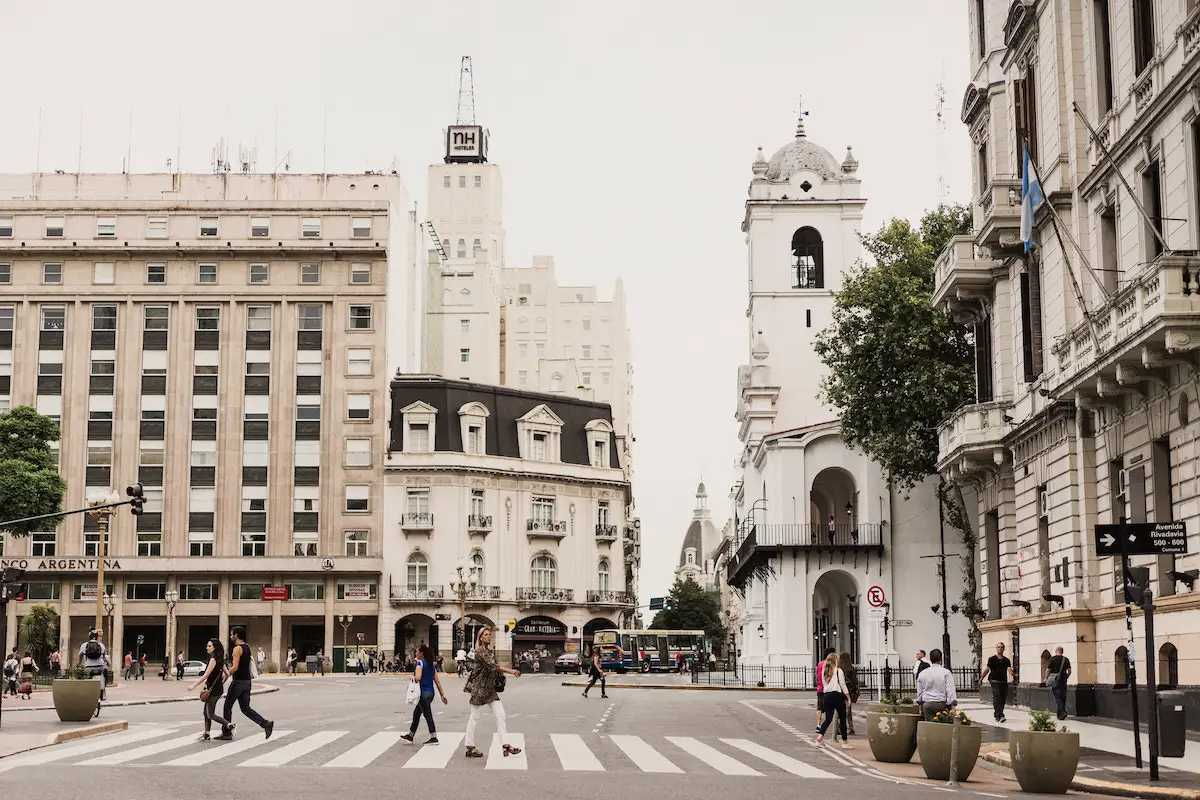Resiliency and The City: A Review of The Nature of Urban Design
For the world of urban policy, Superstorm Sandy’s landfall in the northeast United States was, in many senses of the word, a watershed moment. Sandy brought the raw power of nature to bear on urban areas otherwise used to mixing with nature only in sandals along the beach or running shoes in Central Park. The storm rearranged decades long priorities and forced policy makers and urban planners alike to reflect on what city life means in an era of climate change.
With his own neighborhood of Red Hook inundated by floodwater, Alexandros Washburn was among those personally affected by Sandy’s power. But as New York City’s Chief Urban Designer, he was doubly impacted as a planning professional. Driven ashore by wind and water, resiliency was found among the rubble and elevated to the top of planning’s lexicon. The Nature of Urban Design is Washburn’s attempt to wade through “maddeningly complex” patterns of politics, finance, and design in pursuit of urban design that makes cities at one time safer and more livable. Delivered with urgency and softened by optimism, the book takes readers through the streets and plans of New York City—everything from 1916 height and bulk controls to a modern day challenge of siting schools in Harlem.
For Washburn, urban design and resiliency are not mere intellectual exercises. Indeed they are intensely personal concepts with the potential to elevate the built environment to match the existing strength of everyday people and everyday communities. They are a way forward. He makes the case that cities have made us wealthier. They have made us more productive. They have made us more efficient. And in recent years they have begun to make great strides in terms of livability. But has they done their best to make us safer?
Washburn’s answer to this question is a refreshingly practical take on the power of urban design and its role in crafting the tools that guide and shape development. Among the book’s most powerful examples are its most simple. The author describes the inspired approached toward raising subway grates after sudden, intense rainfall caused subway flooding in 2008. The raised grates became an opportunity to double as public space and offer benches and bike racks. Such is the ability of inspired urban design to offer up small but innovative adaptations that improve the urban environment while mitigating hazardous conditions.
The Nature of Urban Design is broad when it needs to be and specific when you want it to be. It is the rare kind book that’s inspiring, useful, and, frankly, pretty damn good looking. A chapter on the political, financial, and policy instruments used to pave the way for NYC’s celebrated High Line defies the odds by turning what in the hands of some might amount to little more than an analytically stiff case study into an engaging exploration of world-class design and implementation.
The supporting cast of characters includes Washburn’s self-described bosses, Jane, Bob, and Fred—Jane Jacobs, Robert Moses, and Frederick Law Olmsted, that is—and enough gorgeous photos of NYC urbanism to make any planning wonk ache for a trip to the city. As the tides change, designing resilient cities becomes simultaneously more complicated and more necessary. Furthermore, The Nature of Urban Design notes that flood damage is two pronged: first rising storm surge then a barrage of reactionary and at times contradictory regulations in its wake. What is needed are not incremental reactions, but visionary reconfigurations of existing structures that strategically navigate politics, finance, and design to apply the very best of what we know about livability and resiliency.
With this book, Alexandros Washburn hits the alarm bell. He isn’t, however, asking us to run for the exits. Instead, he wants our attention, our hope, and most importantly our resolve. He asks that we harness the power of urban design to build more resilient cities. He asks that years from now the legacy of Sandy be not a story of devastation but of transformation.
The Nature of Urban Design: a New York Perspective on Resilience is available via Island Press.


